Gaza border violence erupts after Palestinian president visits Israel

Reuters
Published at : December 29, 2021
Jerusalem
An Israeli was wounded in a shooting attack on the Gaza border on Wednesday, the military said, after a rare visit to Israel by Palestinian President Mahmoud Abbas drew condemnation from the enclave’s Hamas rulers.
The Israeli military said it responded to the shooting with tank fire, targeting Hamas posts in the northern Gaza Strip. Gaza health officials said three Palestinian farmers were wounded.
Israel’s Defence Minister Benny Gantz hosted Abbas in his home late on Tuesday, the Western-backed Palestinian leader’s first such visit to Israel in more than a decade, although it signalled few prospects for any resumption of long-stalled peace negotiations.
Following their talks, the Israeli Defence Ministry announced a series of what it described as “confidence-building measures” that would ease the entry of hundreds of Palestinian business people to Israel.
In Gaza, Hazem Qassem, a Hamas spokesman, said that by meeting Gantz, Abbas was “deepening Palestinian political divisions” and encouraging accommodation with “the occupation”, a term the Islamist militant group uses to describe Israel.
There was no immediate claim of responsibility for the shooting attack from Gaza, which the Israeli military said slightly wounded the civilian. The border has been largely quiet since an 11-day war between Israel and Gaza militants in May.
‘Political horizon’
Abbas and Gantz last met in August, in the occupied West Bank. Palestinian official Hussein al-Sheikh said that at Tuesday’s talks they discussed the “importance of creating a political horizon” for resolving the Israeli-Palestinian conflict.
Gantz, in his summation of the meeting on Twitter, made no mention of a peace process, stalled since 2014 after U.S.-backed talks collapsed. Palestinians seek to establish a state in the West Bank and Gaza Strip, with East Jerusalem as its capital.
“We discussed the implementation of economic and civilian measures, and emphasised the importance of deepening security coordination and preventing terror and violence - for the well-being of both Israelis and Palestinians,” Gantz wrote.
Israel’s multi-party government is deeply divided over the statehood issue. Palestinian rivalries remain strong, with Hamas, which has fought four wars with Israel, running the Gaza Strip.
In a move that could ease travel for thousands of Palestinians, the Defence Ministry said Gantz approved registration as West Bank residents for some 6,000 people who had been living in the territory, captured by Israel in a 1967 war, without official status.
Another 3,500 people from Gaza would also receive residency documentation, the ministry said.
The meeting followed several Palestinian attacks on Israelis in recent weeks in the West Bank and East Jerusalem. Palestinians also complain of attacks by Israeli settlers.
https://bit.ly/3sLD0d4
Palestinian president makes rare visit to Israel for talks with defence chief
JERUSALEM (Reuters) -Palestinian President Mahmoud Abbas made a rare visit to Israel for talks on economic and security issues with Israel’s defence chief, but with few prospects for any resumption of long-stalled peace negotiations.
Defence Minister Benny Gantz hosted Abbas in his home late on Tuesday, the Western-backed Palestinian leader’s first such visit to Israel in more than a decade.
In a statement on Wednesday, the Israeli Defence Ministry announced a series of what it described as “confidence-building measures” that would ease the entry of hundreds of Palestinian business people to Israel.
Abbas and Gantz last met in August, in the occupied West Bank. Palestinian official Hussein al-Sheikh said that at Tuesday’s talks they discussed the “importance of creating a political horizon” for resolving the Israeli-Palestinian conflict.
Gantz, in his summation of the meeting on Twitter, made no mention of a peace process, stalled since 2014 after U.S.-backed talks collapsed. Palestinians seek to establish a state in the West Bank and Gaza Strip, with East Jerusalem as its capital.
“We discussed the implementation of economic and civilian measures, and emphasised the importance of deepening security coordination and preventing terror and violence – for the well-being of both Israelis and Palestinians,” Gantz wrote.
DIVISIONS ON BOTH SIDES
Israel’s multi-party government led by Prime Minister Naftali Bennett is deeply divided over the statehood issue. Palestinian rivalries remain strong, with Hamas Islamists, who have fought four wars with Israel, running the Gaza Strip.
In a move that could ease travel for thousands of Palestinians, the Defence Ministry said Gantz approved registration as West Bank residents for some 6,000 people who had been living in the territory, captured by Israel in a 1967 war, without official status.
Another 3,500 people from Gaza would also receive residency documentation, the ministry said.
The meeting followed several Palestinian attacks on Israelis in recent weeks in the West Bank and East Jerusalem. Palestinians also complain of attacks by Israeli settlers.
In Gaza, Hazem Qassem, a Hamas spokesman, said that by meeting Gantz, Abbas was deepening Palestinian political divisions and encouraging accommodation with “the occupation”, a term the group uses to describe Israel.
(Reporting by Ali Sawafta in Ramallah, Maayan Lubell in Jerusalem, Nidal al-Mughrabi in Gaza and Ahmed Tolba in Cairo; Writing by Jeffrey Heller in Jerusalem; Editing by Richard Pullin and Alex Richardson)
Gantz announces series of gestures to Palestinians after meeting Abbas
By AARON BOXERMAN and JACOB MAGID
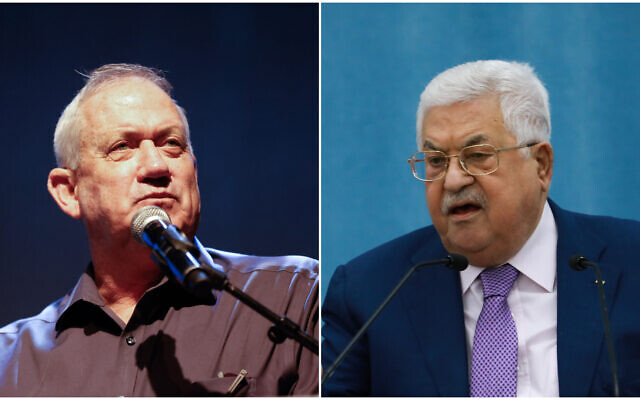
Defense Minister Benny Gantz (left) attends a conference in the Eshkol region, southern Israel. on July 13, 2021; Palestinian Authority President Mahmoud Abbas delivers a speech regarding COVID-19, at the Palestinian Authority headquarters, in the West Bank city of Ramallah, on May 5, 2020. (Flash90)
Defense Minister Benny Gantz announced on Wednesday that Israel would implement a series of measures intended to prop up the indebted Palestinian Authority and ease Palestinians’ daily life.
The announcement followed a meeting between Palestinian Authority President Mahmoud Abbas and Gantz in Gantz’s Rosh Ha’ayin home, near Tel Aviv, on Tuesday night. The meeting was the first working session between Abbas and a senior Israeli official inside Israel in over a decade.
Israel will provide the PA with a NIS 100 million loan ($32.2 million) on tax revenues Israel collects on Ramallah’s behalf, in an attempt to reduce the PA’s spiraling deficit. Ramallah, the PA’s seat of government, has seen dwindling foreign aid for years, and almost none from its biggest backers in 2021.
The meeting was Gantz and Abbas’s second since the current Israeli government was formed in June. Following an earlier meeting between Gantz and Abbas in late August, Israel handed the PA a similar NIS 500 million advance ($160 million) in an attempt to stave off a looming fiscal crisis.
Israel will also legalize the status of 9,500 undocumented Palestinians and foreigners living in the West Bank and Gaza, Gantz said. Tens of thousands of Palestinians and foreign nationals are believed to live in the West Bank and Gaza without proper documentation.
Many arrived from abroad to marry a Palestinian and live in Palestinian cities. But Israel does not recognize a legal right for Palestinians to live with foreign spouses in territory it controls — a procedure known as “family unification.”

View from above the Manara Square in the center of the West Bank city of Ramallah, September 11, 2011. (Nati Shohat/FLASH90)
Israel says it grants visas in “exceptional humanitarian circumstances.” But in practice, the matter has been frozen for over a decade, leading to sporadic protests in Ramallah by families affected.
After Gantz’s meeting with Abbas in late August, the minister similarly pledged to issue thousands of new identity cards — but ultimately only 1,200 were handed out. Another 3,000 Palestinians living in the West Bank were allowed to change their formal place of residence from Gaza to the West Bank.
An Israeli official told The Times of Israel that the 9,500 status approvals are new identity cards, not merely address changes for Palestinians.
Dozens of senior Palestinian officials will also received prized “VIP” permits that allow them to freely cross through Israeli checkpoints, the Defense Ministry said. Another 1,100 senior Palestinian businessmen will receive commercial passes.
According to another Israel official, Gantz told Abbas that a series of economic measures are being weighed, including lowering fees for purchasing fuel and a pilot program to allow shipping containers to enter the West Bank from Jordan via Allenby Bridge.
Such steps “would likely add hundreds of millions of shekels to the Palestinian Authority on an annual basis,” said Gantz, according to the official.
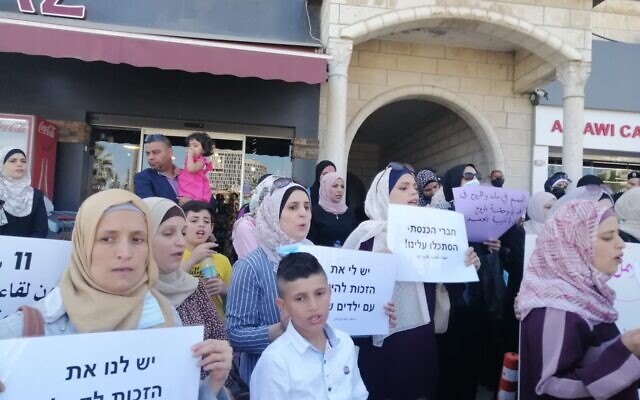
Palestinians and their spouses protest to demand West Bank residency cards in front of the PA’s Civil Affairs Commission in Ramallah (courtesy: Alaa Mutair)
Prime Minister Naftali Bennett is opposed to renewed peace negotiations with the Palestinians and has refused to meet with Abbas. Nevertheless, his government has pledged to support the Palestinian Authority and strengthen its ailing economy, with Gantz spearheading the move.
Gantz has said he sees Abbas’s regime as the only alternative to an empowered Hamas in the West Bank.
“If the Palestinian Authority is stronger, Hamas will be weaker. When the Palestinian Authority has more ability to enforce order, there will be more security, and our hand will be forced less,” Gantz said in late August.
Gantz and Abbas, in their Tuesday meeting, also discussed legalizing more Palestinian construction in the West Bank. In parts of the territory in which Israel exercises full administrative control, Israeli authorities rarely issue permits for Palestinians to build legally, leading to regular demolitions of illegally built Palestinian homes.
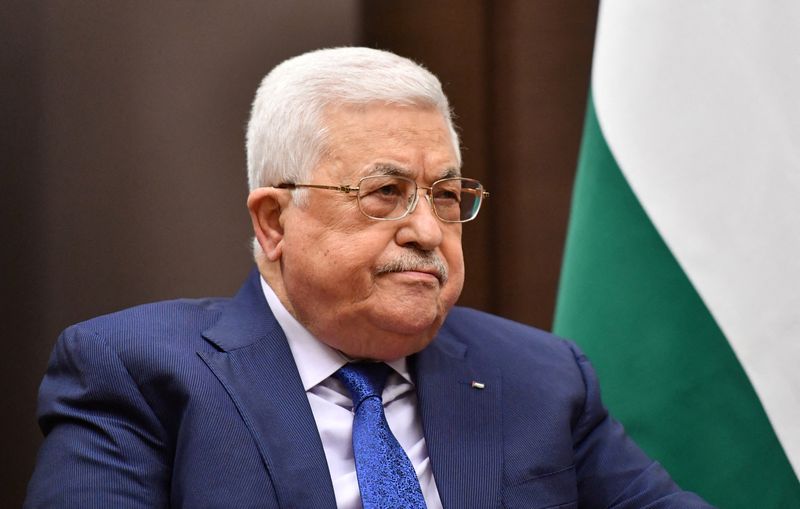
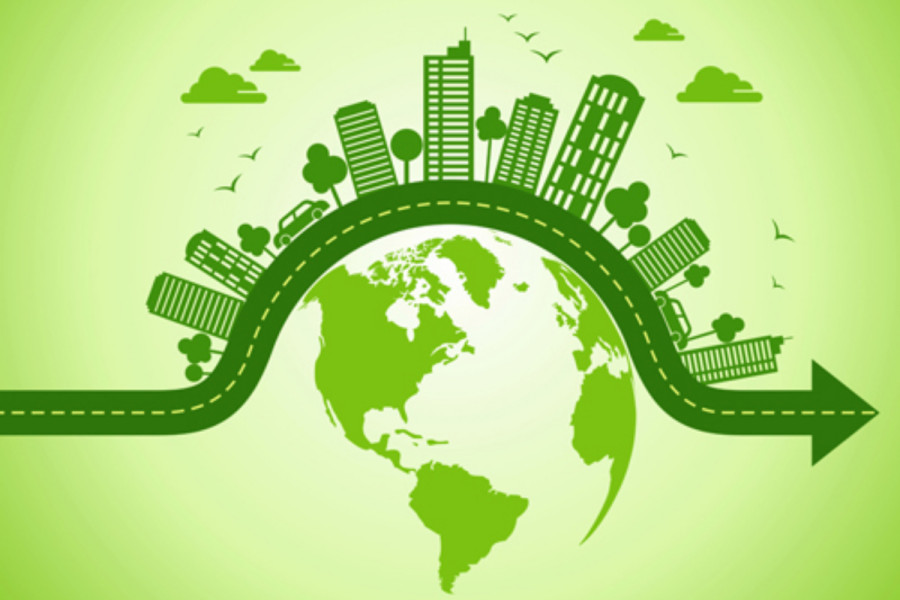



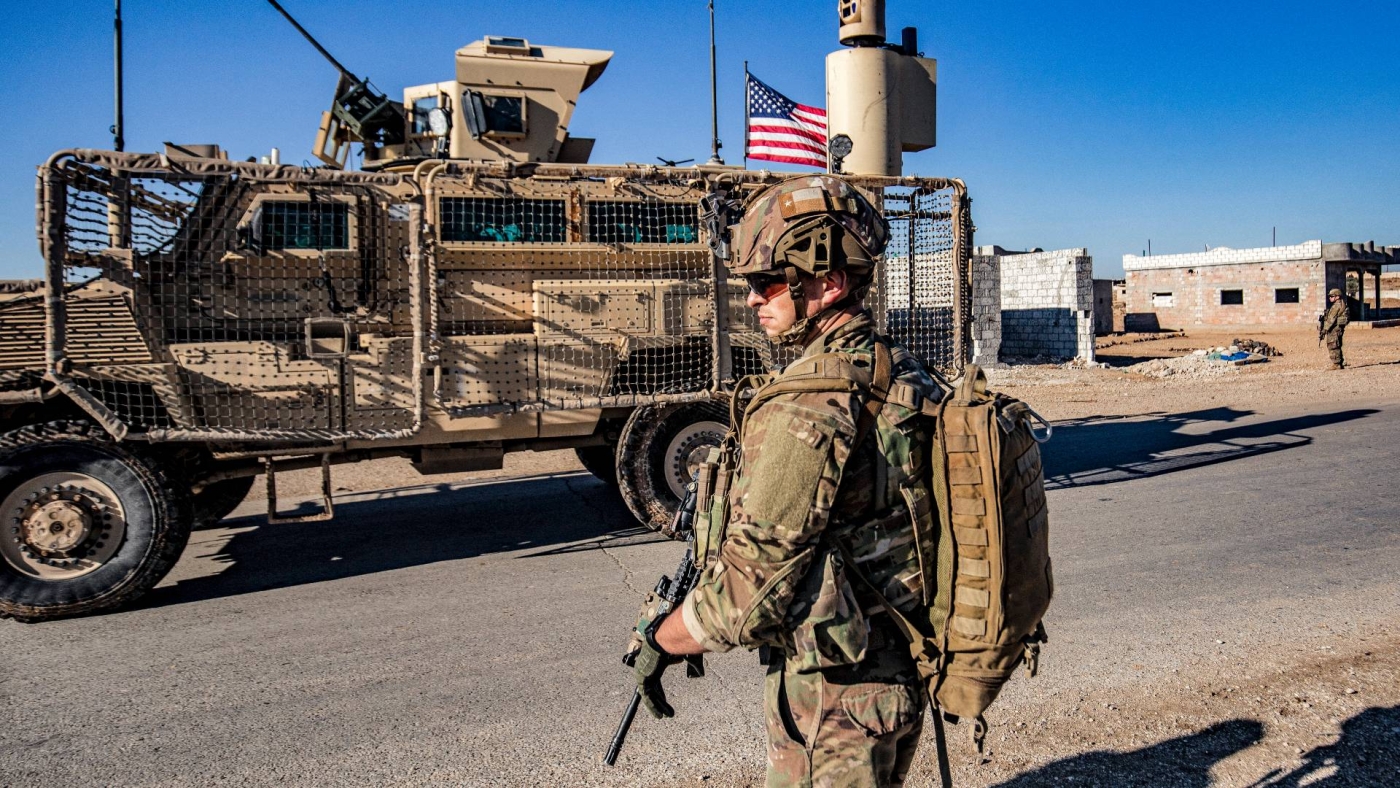




_570_850.jpg)